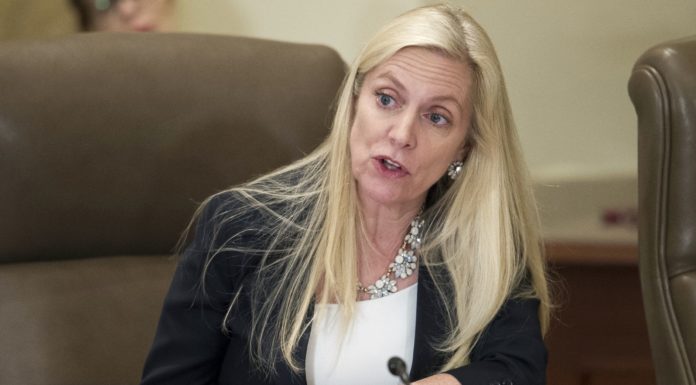(Robert Wenzel, Economic Policy Journal) I reported over the weekend an unusual video surrounding digital currencies that Federal Reserve chairman Jay Powell made last week: Federal Reserve Board Chairman Powell in Unprecedented Video Issues Commentary on Digital Currencies.
Now we have Federal Reserve Board Governor Lael Brainard following up this morning with a speech on digital currencies via webcast at the Consensus by CoinDesk 2021 Conference, Washington, D.C. that even includes reference to an MIT-Federal Reserve test of a central bank digital currency.
This morning she told the group:
Unlike central bank fiat currencies, stablecoins do not have legal tender status. Depending on underlying arrangements, some may expose consumers and businesses to risk. If widely adopted, stablecoins could serve as the basis of an alternative payments system oriented around new private forms of money. Given the network externalities associated with achieving scale in payments, there is a risk that the widespread use of private monies for consumer payments could fragment parts of the U.S. payment system in ways that impose burdens and raise costs for households and businesses. A predominance of private monies may introduce consumer protection and financial stability risks because of their potential volatility and the risk of run-like behavior.
—
To the extent that digital payments crowd out the use of cash, this raises questions about how to ensure that consumers retain access to a form of safe central bank money…
The Federal Reserve remains committed to ensuring that the public has access to safe, reliable, and secure means of payment, including cash. As part of this commitment, we must explore—and try to anticipate—the extent to which households’ and businesses’ needs and preferences may migrate further to digital payments over time.
—
[A] digital dollar would be a new type of central bank money issued in digital form for use by the general public. By introducing safe central bank money that is accessible to households and businesses in digital payments systems, a CBDC would reduce counterparty risk and the associated consumer protection and financial stability risks…One expected benefit is that a CBDC would reduce or even eliminate operational and financial inefficiencies, or other frictions, in payments, clearing, and settlement.
—
To deepen our research on the technological design of a CBDC, the Federal Reserve Bank of Boston is partnering with Massachusetts Institute of Technology’s (MIT) Digital Currency Initiative on Project Hamilton to build and test a hypothetical digital currency platform using leading edge technology design options.
There is no question a Federal Reserve digital currency is coming.



